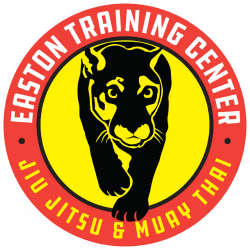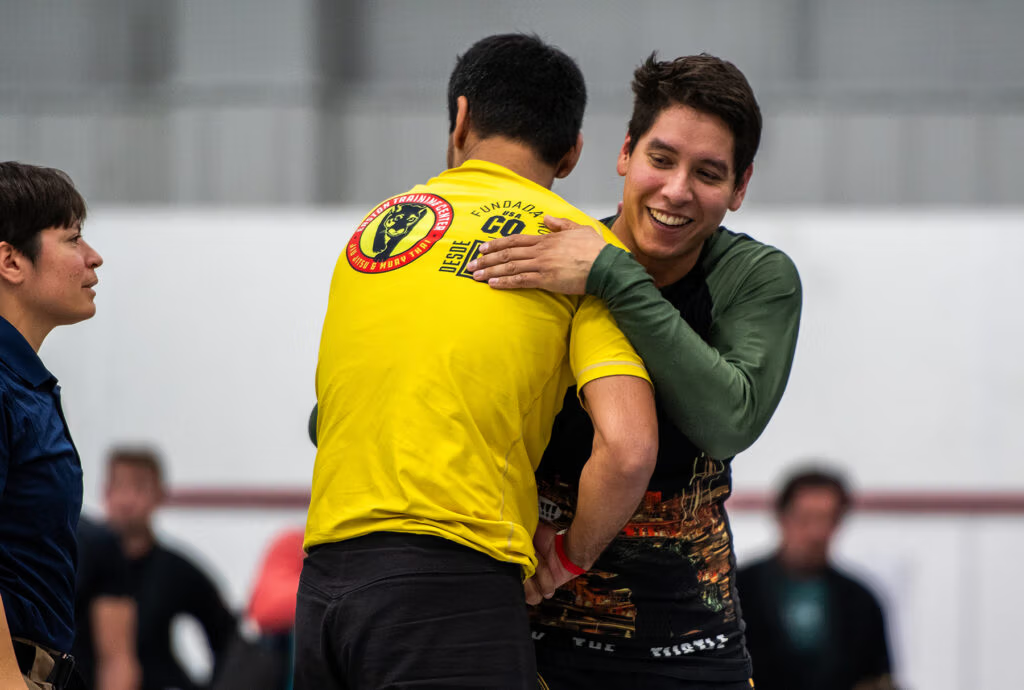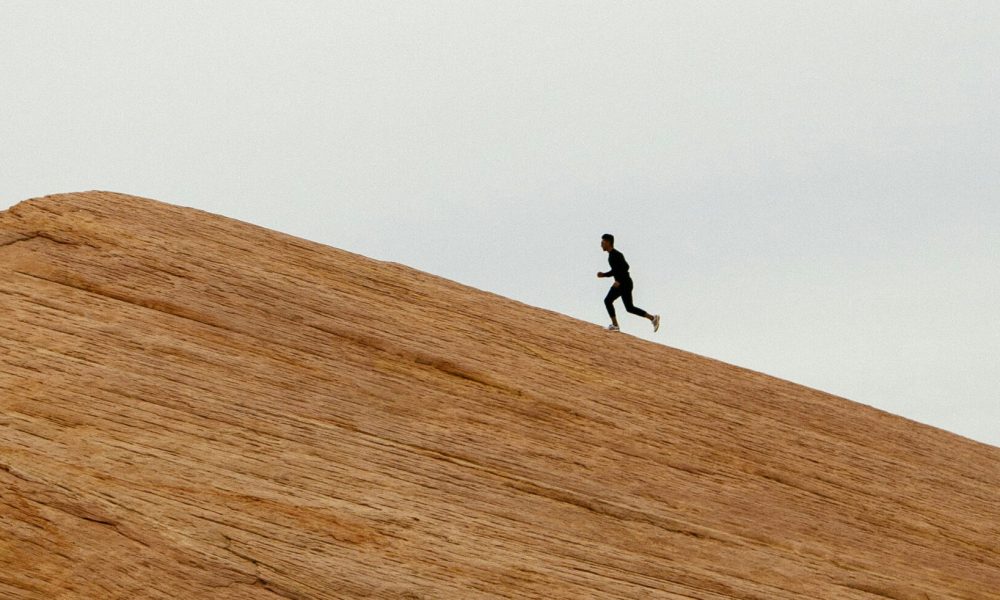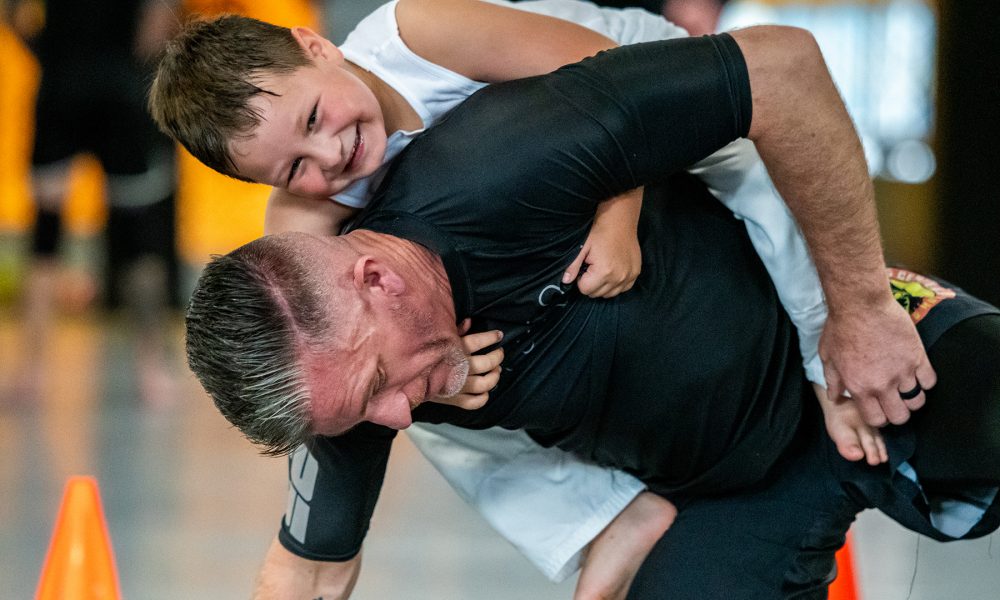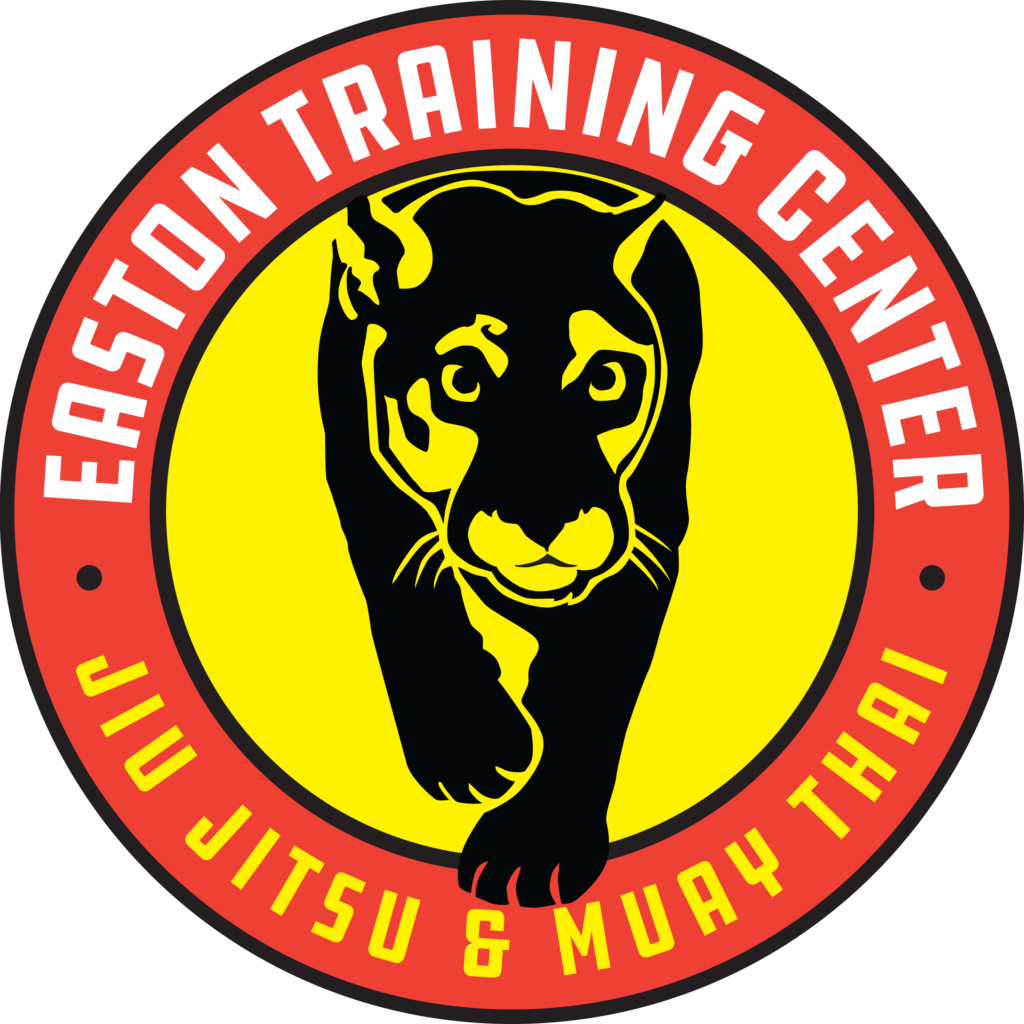Where did Brazilian Jiu-Jitsu come from? Contrary to the obvious no-brainer ‘Brazil’ that may come to mind, Japan is actually the better answer.
In the early twentieth century, a Japanese man called Jigoro Kano wanted to popularize his combat martial art style of Jujutsu around the world. Japanese Jujutsu had a long history of striking techniques, takedowns, and ground fighting techniques that had been employed in various forms by the professional warrior samurai class for centuries.
Jigoro Kano had developed his own particular take on Jujutsu by focusing on the standing wrestling and ground fighting aspects. (Many years later, Kano’s style would be renamed Judo.)
Now Jigoro Kano, in his ambitions to popularize his martial art, sent an emissary named Mitsuo Meada to Brazil with the intention of spreading Jujutsu to another continent. Though there are contentions on the details of Brazilian Jiu-Jitsu’s early years, the traditional story has it that Mitsuo Maeda was a highly skilled and quite physically impressive athlete that took up challenge matches from the public in order to demonstrate the effectiveness of Kano’s martial art – still called Jujutsu at the time.
Maeda also took on a few students from the Brazilian Gracie family. Of this family, a boy named Helio Gracie was infatuated with the martial art that his older brothers were learning. Naturally, he wanted to be part of the fun, but being slight of build and physically weaker than his brothers, he had a tough time incorporating some of the traditional Japanese techniques that Maeda was teaching.
So goes the tale — young Helio Gracie started to modify the techniques to better suit his smaller build and went on to further develop the ground fighting aspects of jujutsu. After enough modification, a new variety of Jujutsu had emerged, and after enough mispronunciation, the martial art’s name transitioned from the Japanese word ‘Jujutsu’ into a Brazilian accented ‘Jiu-Jitsu,’ which is what modern English speakers now call it.
Jiu Jitsu gets some much deserved air time
The Gracie family embraced this new version of the martial art. They further popularized it in Brazil with challenge matches and demonstrated their skill for decades in no-holds-barred fights called Vale-Tudo. Vale-Tudo fights were such that all styles of martial artists were welcomed to test their mettle against each other, and the Gracie family dominated with their style of Brazilian Jiu-jitsu.
However, the Vale-Tudo contests and the success of the Gracie family was a phenomenon that was mostly contained within Brazil. Meanwhile, in much of the world outside of Brazil, the question of ‘which martial art is the best’ was still hotly debated.
In the United States, for instance, every martial arts enthusiast naturally thought his own style was clearly the most effective for actual combat. Fast-forward to 1993, and the Gracie family decided to host a martial art tournament in the United States called ‘The Ultimate Fighting Championship’.
It was to a no-holds-barred, anything-goes (or almost) fight open to all challengers. This was the first time in the United States (and much of the western world) that a contest like this would be held. It would clearly show which martial art was dominant and what kind of techniques would be effective. Would it be Shaolin Kung Fu? Would it be Western Boxing? What about French Salat? No, no, and no.
The winner of the first two tournaments was Royce Gracie, representing Brazilian Jiu-Jitsu. And it was obvious. Royce was not a physically impressive man. A little tall, rather lanky, and weighing only about 175 pounds, he submitted every fighter, in dominant fashion, in a spectacular showcase of the combat and self-defense effectiveness of Brazilian Jiu-Jitsu. This put Brazilian Jiu-Jitsu on the map in the USA and revolutionized the world of martial arts. Since then, it has become widespread and well-known, and the Ultimate Fighting Championship is now a wildly successful business of martial arts competition.
Our own academy, Easton Training Center, traces its lineage to the Gracie Family. Jigoro Kano – the founder of Judo- taught his art to Mitsuo Maeda – who taught Kano’s Jujutsu to Carlos Gracie and Helio Gracie. Helio Gracie taught it to his son Renzo Gracie, who then taught Amal Easton – the founder of our school.

